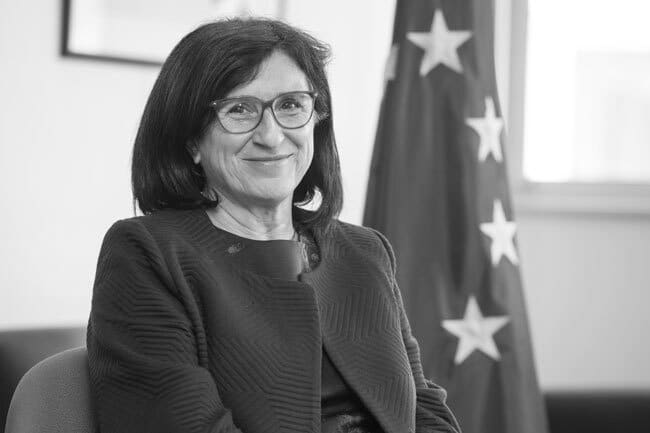Claude FISCHER Director, ASCPE – Les Entretiens européens [vc_btn title= »Télécharger l’article » style= »outline » color= »blue » align= »right » i_icon_fontawesome= »fa fa-file-pdf-o » add_icon= »true » link= »url:http%3A%2F%2Fprod.confrontations.org%2Fwp-content%2Fuploads%2F2016%2F03%2FInterface-confrontations-EN-99-P3.pdf||target:%20_blank »] Html code here! Replace this with any non empty text and that's it. By comparing the Energy union to the ECSC, the Commission has voiced aspirations that fit with our own proposals[1]. But the objectives of the new project need to be discussed, especially since there is no global vision to give it coherence. The ECSC had a strategy of industrial expansion. Today, too much emphasis is placed on demand reduction policies alone, disregarding the fact that the European Union also needs a supply-side policy to stimulate new growth and boost its global competitiveness. In today’s context of crisis and rising tension with producing countries – especially Russia – energy security has (once again) become a vital economic pillar. To reduce imports (currently 53% of our consumption) and our annual €400 billion
Ce contenu est réservé aux abonné(e)s. Vous souhaitez vous abonner ? Merci de cliquer sur le lien ci-après -> S'abonner












